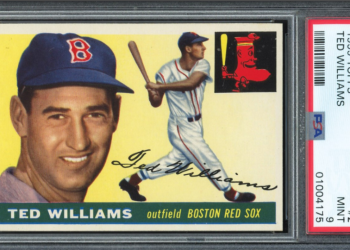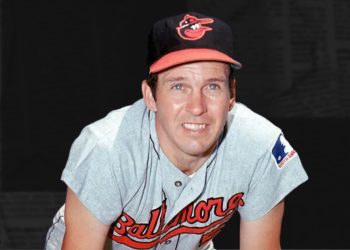Lenticular baseball cards have been capturing the imagination of sports fans and collectors for decades. These dynamic cards create a sense of movement and depth, turning a simple piece of cardboard into a captivating visual experience. You might recall those childhood days when a flip of the wrist brought ballplayers to life right in your hands. But what makes these cards so special?
A Glimpse into History
The use of lenticular technology dates back to the 1940s, but it wasn’t until the late 20th century that it started to shine in the realm of baseball cards. Initially, lenticular images involved a slow and costly process. However, by the time the 1980s rolled around, technological advancements allowed for wider use. Gradually, these cards became prized possessions not just for their subject but for the unique visual effects they offered.
How Lenticular Magic Works
Lenticular printing involves creating images that have a sense of depth or motion. This is achieved by slicing two or more images into narrow strips and aligning these strips with a special plastic lenticular lens. As you tilt the card, the lens reveals each image, creating the illusion of motion or transition.
Famous Cards Throughout the Decades
Did you know? The 1968 Topps 3D test cards are among the most valuable lenticular baseball cards in existence. Only a few were ever produced, and because of their rarity, they’ve fetched thousands at auction.
With lenticular cards, manufacturers have delivered iconic moments from the baseball diamond to collectors’ albums. Some of the most beloved cards include those featuring players like Nolan Ryan, capturing his fierce fastball, or Griffey Jr. rounding the bases after a home run.
The Manufacturing Process
It’s not just magic—it’s a detailed procedure. Lenticular cards require painstaking accuracy.
Firstly, two (or sometimes more) images are meticulously chosen, focusing on elements that would look impressive in transition. These images undergo “interlacing,” where they are split into very thin strips and interwoven. Following this, the lenticular lens sheet is overlaid, aligning perfectly with the images. Mistakes are costly, making precision crucial.
Collecting Tips and Market Insight
For collectors, understanding the market is crucial. Lenticular cards may see less circulation than standard issue cards, thus sometimes carrying a higher value, especially when in pristine condition.
Tip: Keep lenticular cards out of direct sunlight as the plastic overlay can warp over time. It’s best to store them in rigid plastic cases to maintain their quality.
To navigate the vast range of cards—ranging from player-specific issues to special commemorative editions—start by setting defined collecting goals. Are you a fan of a particular team or era? Once decided, tracking and obtaining desired cards becomes a far more fulfilling endeavor.
The Role of Technology in Modern Collectibles
With technology forever evolving, the quality of lenticular cards has only improved. New advancements allow for smoother transitions and more intricate designs. As a result, modern lenticular cards are not only fun to look at but are also technological marvels.
You know what? For those passionate about pursuing a more dynamic and ever-evolving collection, lenticular cards provide an avenue rich in both history and innovation.
Artistry Meets Sports
Collecting baseball cards is not just about sports appreciation—it’s also about art. The design element of lenticular cards offers a double delight. As these cards literally change perspectives, they serve as a remarkable fusion of two beloved pastimes—art and sports.
Table: Popular Lenticular Cards
| Year | Player | Manufacturer | Estimated Value |
|---|---|---|---|
| 1968 | Willie Mays | Topps | $10,000+ |
| 1985 | Nolan Ryan | Sportsflics | $500 |
| 1994 | Ken Griffey Jr. | Upper Deck | $200 |

FAQ
What is a lenticular card? Lenticular cards use special printing technology to create images that appear to move as you tilt them.
Why are they valuable? They’re valuable due to their visual appeal, the players featured, and often their rarity.
How should I store them? Keep them in dry, cool spaces and within protective cases to prevent damage.
Can I still buy them today? Yes, they’re often available from major trading card manufacturers and specialty dealers.
Conclusion
Lenticular baseball cards represent a fascinating intersection of sports, art, and technological innovation. Whether you’re a seasoned collector or a nostalgic fan from years past, these cards hold the power to entertain and evoke emotion with their dynamic presentation. Thanks for reading, and be sure to explore other captivating articles on our site.















